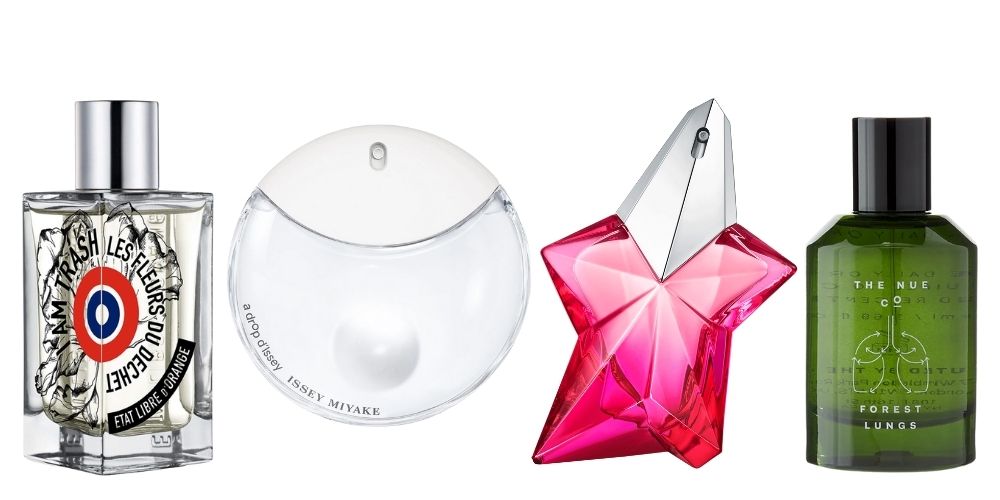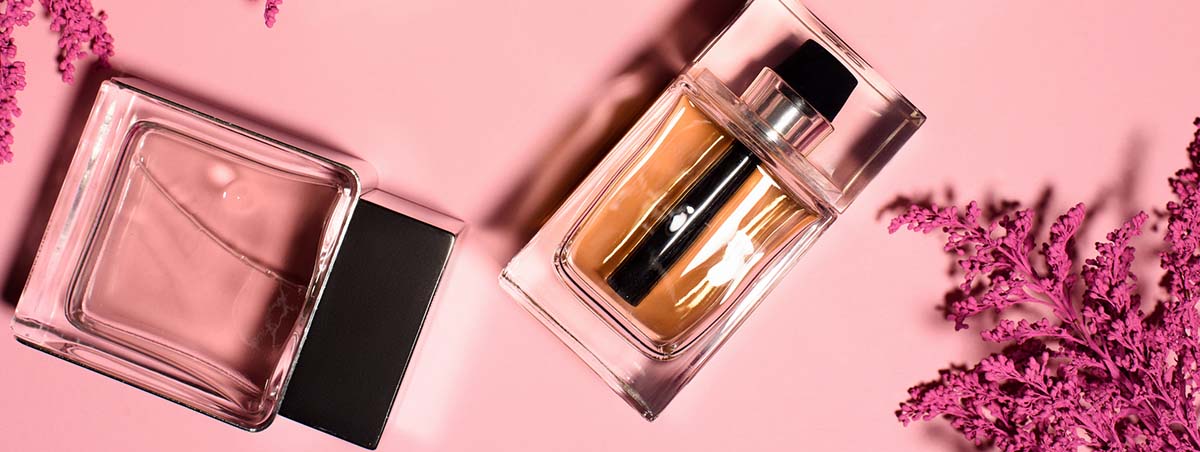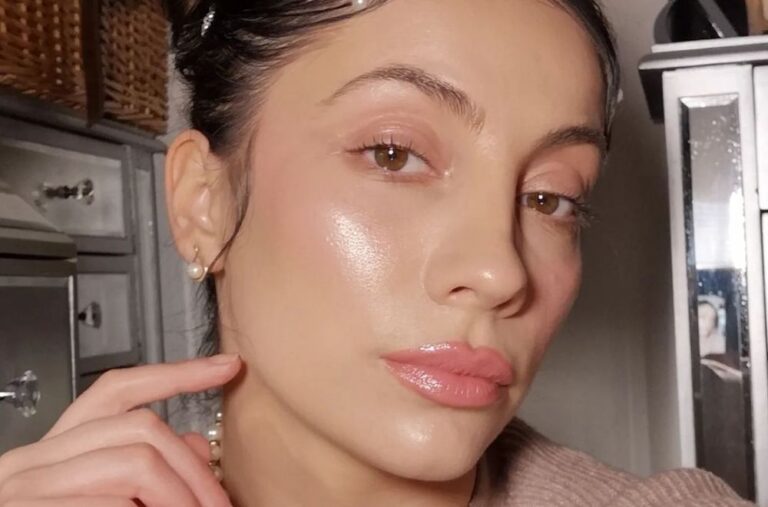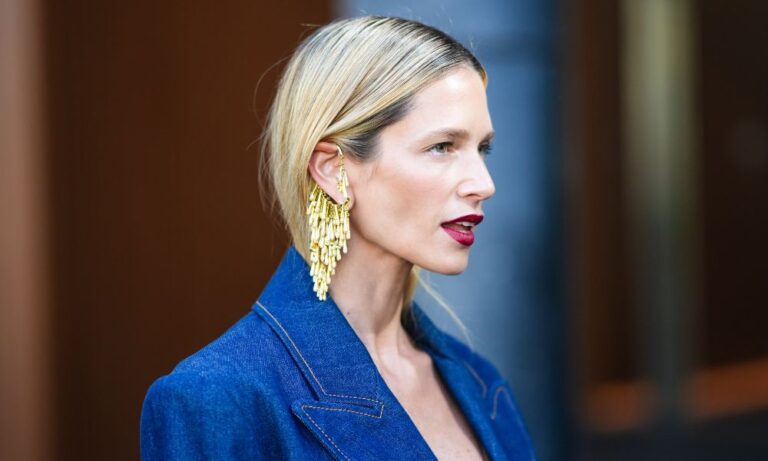Sustainable perfumes made with upcycled ingredients are key to the future of the fragrance industry.
As sustainability goals in the beauty and personal care industry advance, new possibilities are being uncovered for raw materials that once would have been waste.
One area in particular making strides is the fragrance business, with the use of upcycled ingredients being explored by the world’s biggest fragrance houses.
Given the scarcity of certain precious natural ingredients necessary to create perfumes traditionally and the large amounts of these ingredients needed, looking for alternatives has become a top priority.
Givaudan, one of the world’s largest flavour and fragrance manufacturers, and supplier to many of the most familiar perfumes on department store shelves, has been working on the idea for several years. One of its approaches involves extracting the olfactive components from rose petals a second time after they have already been processed. Instead of being discarded they offer a new product, with a markedly different – but still desirable – scent profile.
Another, a cedarwood extract, is made from sawdust collected as a by-product of the furniture industry. Its first round of processing results in cedarwood oil, its second, a new aromatic ingredient for perfume use.

Perfumes with upcycled ingredients: Etat Libre D’Orange’s I Am Trash ; Issey Miyake A Drop d’Issey; Thierry Mugler Angel Nova Refillable EDP; The Nue Co’s Forest Lungs
These ingredients are beginning to reach the shelves in new perfumes, including in those by Mugler, Etat Libre d’Orange and The Nue, with more to come this year.
LMR Naturals, the naturals division of fellow global fragrance ingredients supplier IFF, has also developed a number of new options using upcycled materials, including harvest byproducts such as seeds, spent extraction material such as pulp and side streams from processing facilities, such as wastewater.
Among the results: new scents created from turmeric leaves traditionally discarded in production of the root for food and supplements, and by reusing the traditionally discarded wastewater from cinnamon bark distillation.
The approach is also being extended into beauty products in other areas, with nutrient rich active ingredients being diverted for use in skin and haircare.
Vetivyne by Givaudan is a repairing and moisturising, anti-aging ingredient for skin care that is made from a water-soluble extract from exhausted vetiver roots, a by-product of the extraction procedure used to produce vetiver oil for fragrances.
Swiss cosmetics ingredient developer brand Rahn offers a skin-renewing active called Reforcyl-Aion, made from the waste of pumpkin seeds pressed for their oil.
And in the UK University of Leeds scientists lead by Dr Richard Blackburn and Professor Chris Rayner devised a purple hair shampoo – commonly used for balancing brassy tones in blonde hair – using blackcurrant fruit waste used in the production of Ribena. It is sold under the brand Dr. Craft.
Of course the process of upcycling is not entirely new to the beauty industry, long established in other products we’re more familiar with, such as discarded coffee grounds from our beloved beverage consumption used in body and face scrubs, and lanolin extracted from wool during its washing and processing for the textile industry and used in skincare products.







